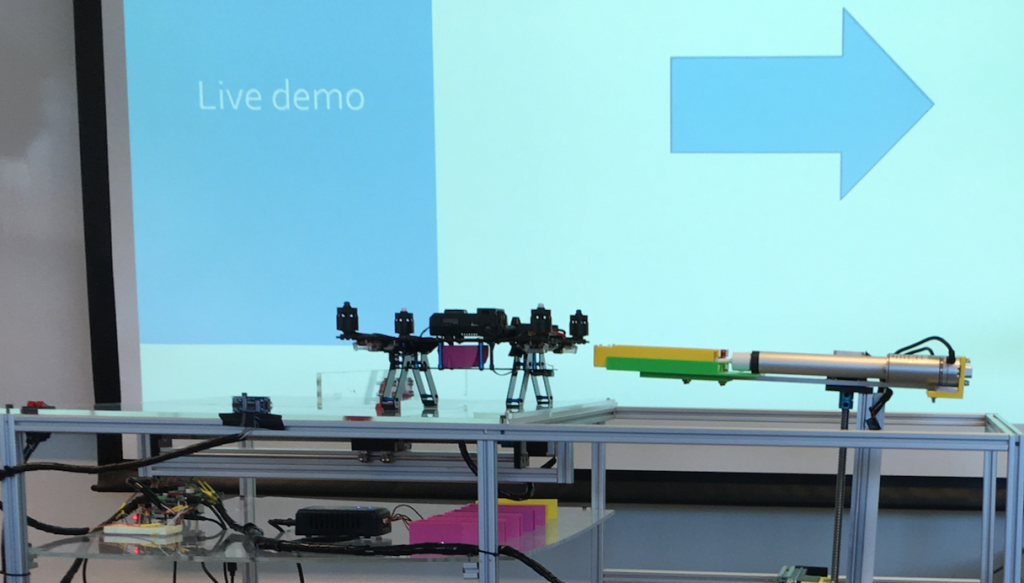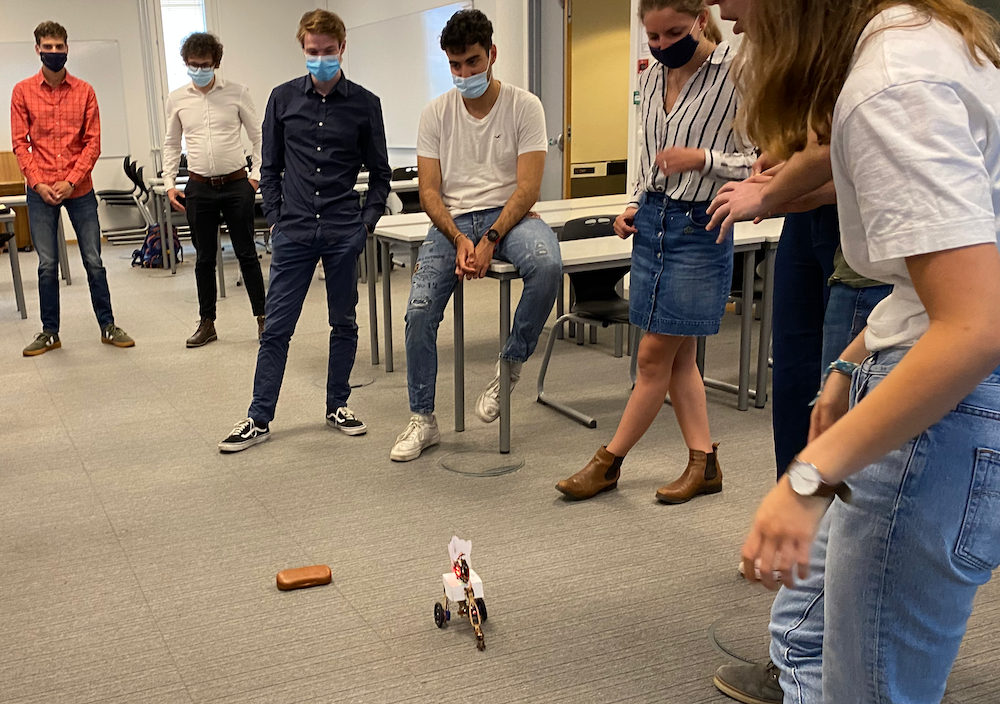Open-ended projects

Some projects end up with a physical product, some end up more theoretical. Some project are made to run once; some are iterations in a process, and evolve from one semester to the next. (See ‘Recurring projects’ below.)
Groups are international and multi-disciplinary
First of all, when students give the priorities for projects, sometimes several students from one study (campus) will opt for the same projects. Warning: You will be split! We work hard to never have more than one group member from each campus, or at least from each department/ school.
Recurring projects
Some projects are highly complex and need several iterations to be completed. For example, our Ocean Lab has provided several projects linked to a research project for an underwater drone and, later, an Autonomous surface vessel (ASV). Currently an EPS group created a proof-of-concept for a diver’s glove, under the heading «Smart textiles». Based on this, we have decided to continue with smart textile-projects.
In other words, your project may be a continuation of an existing project with some research completed — and your project may be impossible to solve in one semester!
Your grade is a report + oral defence
You will write a project report. You may create a physical artefact as well, typically a prototype. The report, and any prototype, will be presented and discussed in an oral presentation at the end. The report and the presentation is graded as one.

Example of a project:
Make Kit and OsloMet provide the items, the building-blocks for a new kit.
You get to build brand new concepts and test your ideas. It must excite, be possible to manufacture in scale and preferably create a learning experience.
MakeKit hopes that the concepts and products developed in this study will become actual products for makers, teachers and other students.
On the official page, under ‘Programme description’, you will find lists of recent projects.